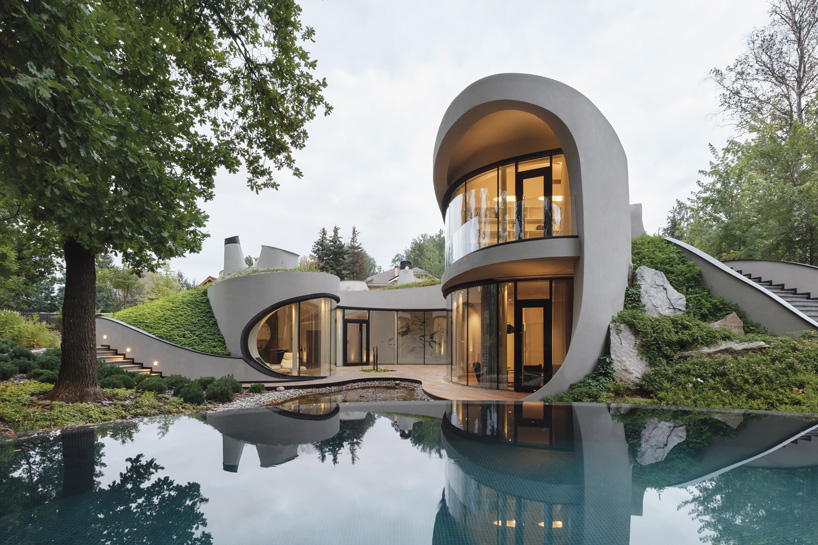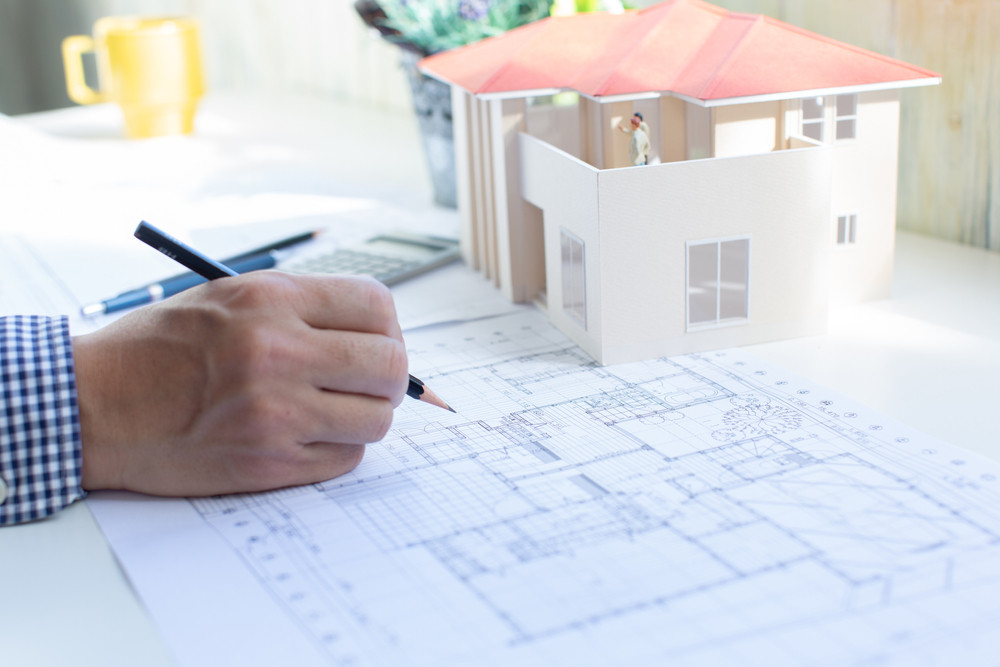Leading Factors to Choose CDA Architects for Your Residential or Commercial Layouts
Leading Factors to Choose CDA Architects for Your Residential or Commercial Layouts
Blog Article
The Impact of Technical Improvements on the Design Practices of Contemporary Architects
The quick development of technological devices has dramatically reshaped the layout landscape for contemporary architects, promoting unprecedented degrees of development and sustainability. The assimilation of Building Details Modeling (BIM), parametric design, and expert system has not only structured partnership amongst diverse teams yet likewise redefined task execution. Nonetheless, as architects accept these innovations, they are confronted with intricate obstacles that could affect their imaginative processes. Checking out these characteristics reveals a nuanced interplay in between technology and conventional style techniques, prompting a better assessment of what the future holds for building techniques.
Development of Architectural Equipment
How have building tools transformed the layout and building processes over the centuries? The evolution of building tools has dramatically affected the efficiency, precision, and imagination of design and building and construction.
With the development of the Renaissance, the introduction of the compass and the protractor noted an essential shift. These devices allowed engineers to accomplish greater precision in their designs, facilitating the introduction of more intricate and in proportion buildings (cda architects). The Industrial Transformation further reinvented architectural method with the introduction of mechanical tools and products, permitting bigger and more enthusiastic projects
In the 20th century, the advancement of computer-aided layout (CAD) software application changed the landscape once again, giving architects with extraordinary capabilities in modeling and visualization. Today, progressed devices such as Structure Details Modeling (BIM) and parametric design software program continue to push the borders of architectural development, making it possible for a much more incorporated technique to layout and building procedures.

Improved Cooperation in Layout
As technology remains to evolve, boosted partnership in design has actually ended up being a cornerstone of modern-day architectural technique. The combination of digital devices such as Building Details Modeling (BIM), cloud-based platforms, and progressed visualization software application has changed the way engineers, engineers, and stakeholders connect throughout the design procedure. These tools promote real-time communication, permitting teams to share concepts, modifications, and responses quickly, despite geographical place.
In addition, online fact (VR) and increased reality (AR) have additional enriched joint efforts by making it possible for immersive experiences that allow customers and employee to envision projects in a much more interesting way. This degree of communication not only improves understanding yet also promotes a feeling of ownership among stakeholders, bring about more educated decision-making.
In addition, interdisciplinary collaboration has been structured via these technological developments, making it possible for architects to function extra closely with other experts, such as city planners and environmental experts. The outcome is a more cohesive method to create that takes into consideration numerous viewpoints and knowledge. Eventually, boosted cooperation in design is not merely a trend; it is necessary for creating ingenious, practical, and visually pleasing style in a significantly intricate world.
Sustainability Via Technology
Sustainability in architecture has increasingly become intertwined with technological development, driving the market toward environmentally accountable methods - cda architects. Contemporary designers are leveraging advanced technologies to minimize environmental impact while enhancing the efficiency of structures. One noticeable instance is the usage of Structure Info Modeling (BIM), which enables accurate planning and resource appropriation, lowering waste throughout building and construction and advertising energy performance throughout a structure's lifecycle
Furthermore, smart products and energy-efficient systems are being integrated into layouts to enhance resource usage. Technologies such as solar batteries and eco-friendly roof harness renewable resource resources, adding to decreased carbon impacts. Additionally, the application of synthetic intelligence in style procedures makes it possible for architects to replicate and evaluate power usage, guiding choices toward even more sustainable end results.
The integration of lasting innovations not just lines up with international environmental objectives however additionally satisfies an increasing demand from customers for environment-friendly solutions. As designers embrace these advancements, the focus moves in the direction of creating areas that are not just visually pleasing yet also functionally lasting, therefore redefining the standards of modern-day architecture. By doing this, modern technology works as a driver for sustainability, making it possible for designers to design buildings that regard and boost the natural atmosphere.
Obstacles in Execution
While technological improvements in style hold fantastic pledge for boosting sustainability, their implementation frequently comes across substantial obstacles. One primary obstacle is the steep discovering contour linked with brand-new technologies. Architects and building specialists might call for extensive training to effectively utilize sophisticated software application and tools, which can delay job timelines and enhance expenses.
Furthermore, the combination of emerging innovations, such as Building Info Modeling (BIM) and sustainable materials, frequently necessitates collaboration across multidisciplinary teams. This collaboration can be prevented by distinctions in expertise, operations, and interaction designs, causing prospective conflicts and inefficiencies.
Financial constraints further make complex the fostering of ingenious innovations. Many building companies, especially smaller ones, might do not have the resources to purchase cutting-edge devices, limiting their ability to complete with bigger firms that can afford such financial investments.
Additionally, regulatory structures and building regulations may not keep rate with technological advancements, developing uncertainty and potential compliance problems. This challenge can inhibit engineers from fully welcoming new technologies, as the danger of non-compliance may surpass the benefits. Attending to these implementation difficulties is crucial for the effective integration of technological innovations in contemporary building practices.
Future Patterns in Style
The challenges connected with the implementation of new modern technologies in architecture have actually motivated find more a reevaluation of future trends within the market. As engineers navigate problems such as sustainability, urbanization, and social equity, they are significantly adopting ingenious modern technologies to improve style performance and ecological performance.
One popular pattern is the assimilation of artificial intelligence (AI) in the style procedure. AI devices can analyze large datasets to notify layout choices, enhancing both creativity and performance. Structure Details Modeling (BIM) proceeds to evolve, enabling real-time collaboration among stakeholders and helping with streamlined click to find out more project management.
Sustainable design practices are also gaining momentum, with architects focusing on flexible reuse and regenerative layout concepts that lessen source usage and waste. The consolidation of wise materials and sustainable energy sources will further boost the strength of structures when faced with climate change.
Additionally, the surge of parametric layout enables for more personalized and context-sensitive building options. By taking advantage of these developments, architects are positioned to produce developed environments that not just attend to the immediate needs of culture but also prepare for future difficulties, thereby redefining the duty of design in an ever-changing world.
Verdict

Report this page